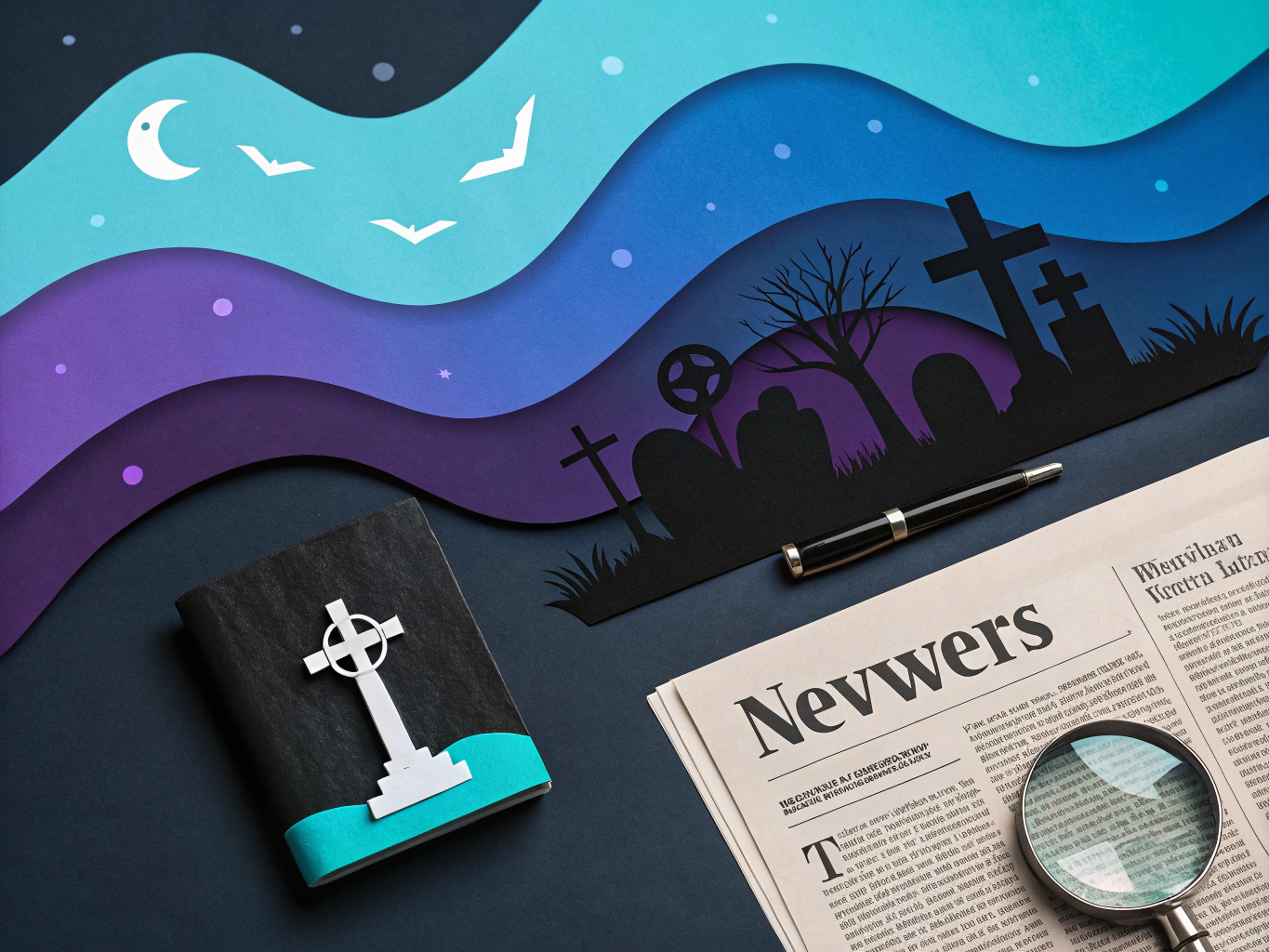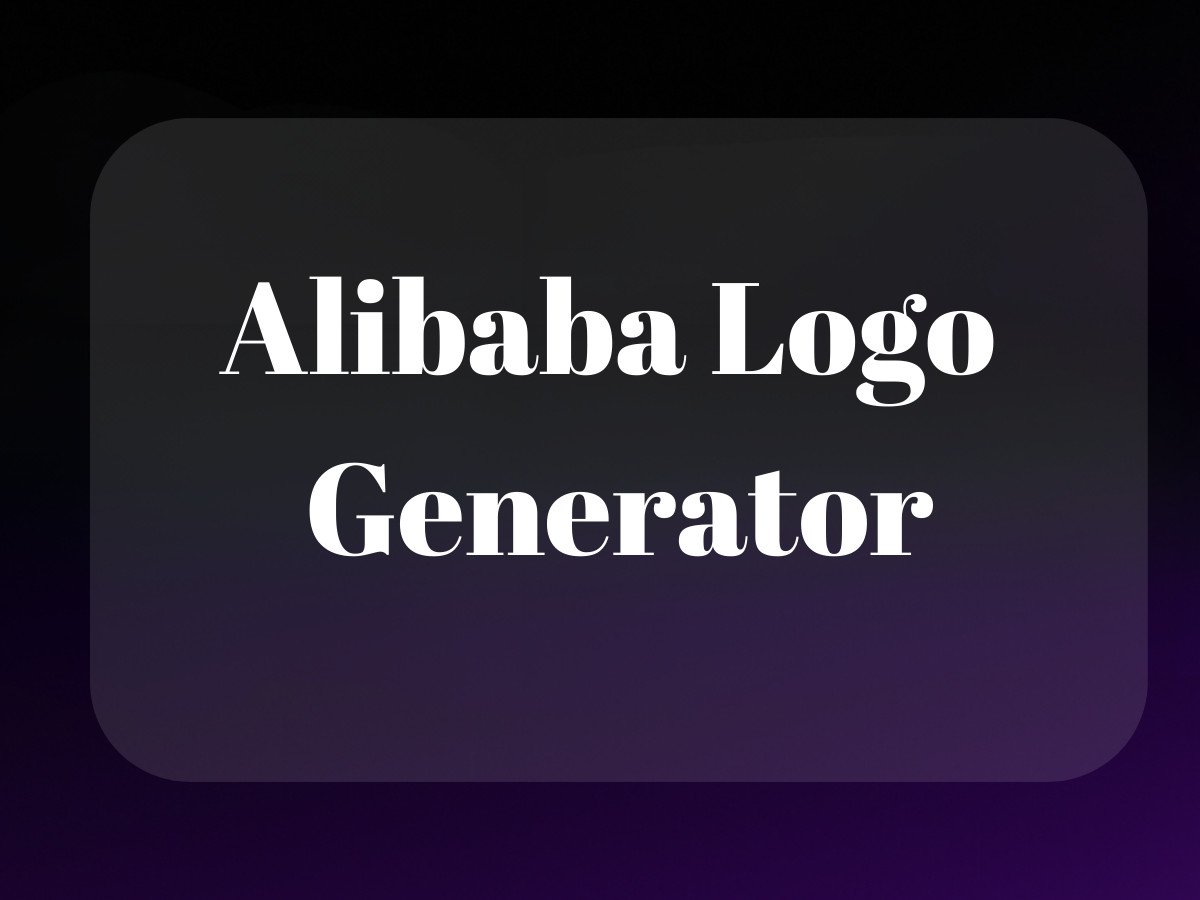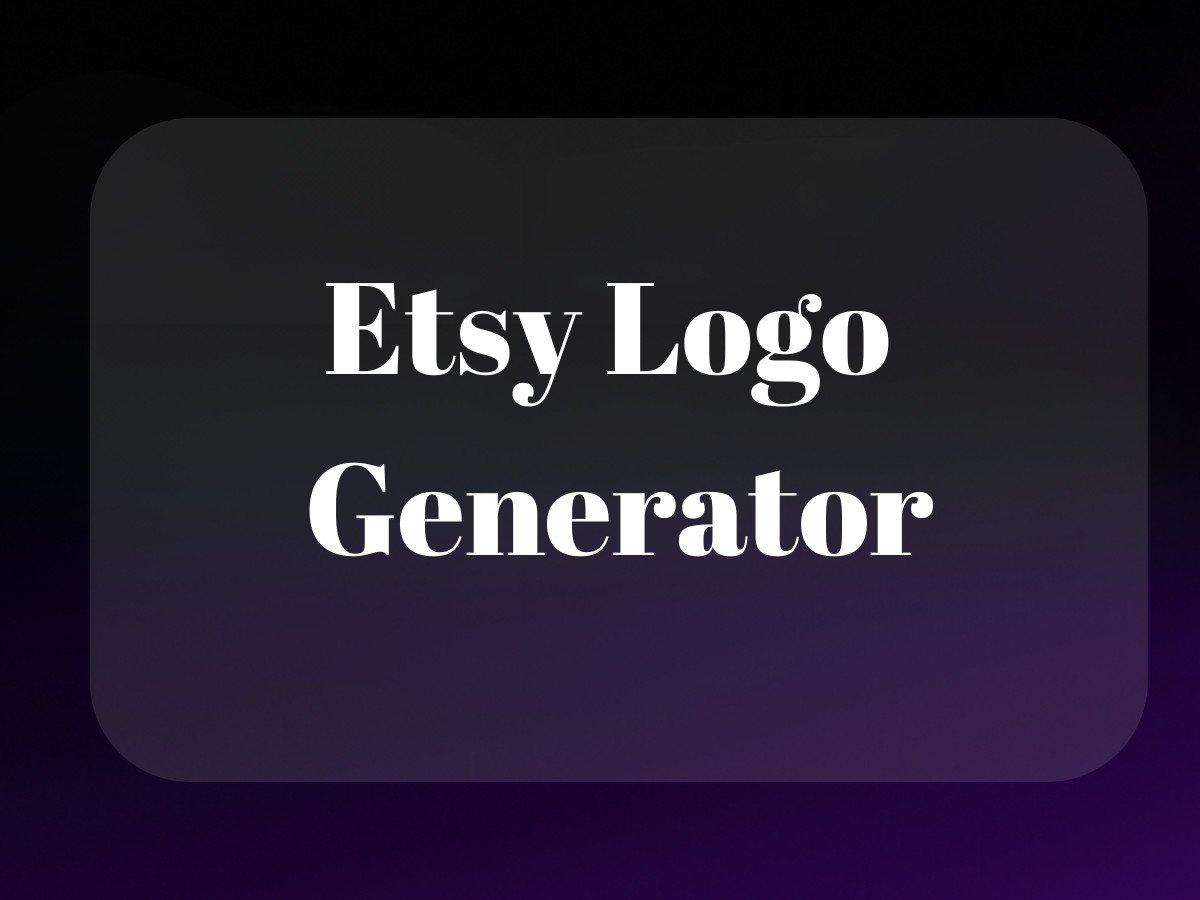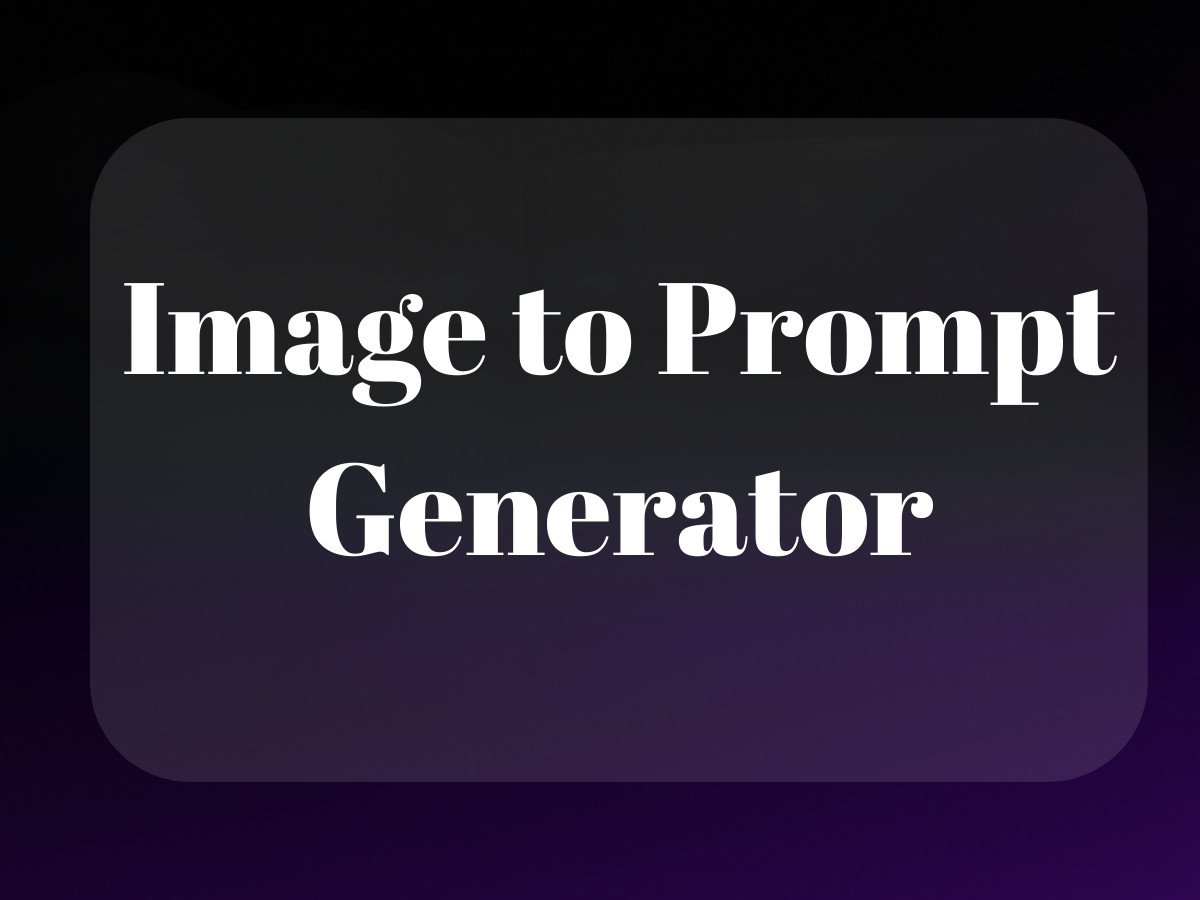The Evolution of Competitive Intelligence in the AI Era
Remember when competitive intelligence meant manually stalking your competitors’ websites and social media accounts, desperately trying to piece together what they’re up to? Those days feel like watching someone use a typewriter in a room full of MacBooks.
The competitive intelligence landscape has transformed dramatically, and at the center of this transformation sits Crayon competitive intelligence – a platform that’s essentially giving businesses their own digital CIA. But before we dive into the nitty-gritty, let’s address the elephant in the room: why should you care about competitive intelligence in 2024?
Why Traditional Competitive Intelligence Is Dead

Here’s a truth bomb: if you’re still relying on quarterly competitor reports and manual tracking, you’re bringing a knife to a gunfight. The market moves at the speed of tweets now, and your competitors are making moves faster than ever. Traditional competitive intelligence is like trying to navigate modern-day New York with a map from 1950 – technically possible, but you’re going to miss a lot of important stuff.
What’s fascinating is how competitive intelligence solutions have evolved from simple tracking tools to sophisticated AI-powered platforms. It’s like watching the transition from flip phones to smartphones – same basic concept, entirely different capability set.
The Rise of Real-Time Intelligence
Remember when we thought getting monthly updates on competitor activities was good enough? Now, online competitive intelligence platforms like Crayon are processing thousands of digital signals in real-time. It’s like having thousands of mini-spies (the legal, ethical kind) watching every move your competitors make across the digital landscape.
But here’s where it gets interesting – and I’m speaking from experience running ProductScope AI – the best competitive intelligence tools aren’t just about collecting data. They’re about making sense of it. Think of it like having an incredibly smart intern who not only collects all the information but also tells you exactly why you should care about it.
The 7 P’s of Competitive Intelligence: A Modern Framework
While working with various competitor intelligence tools, I’ve seen how the traditional 7 P’s framework has evolved. Let’s break this down in a way that actually makes sense for modern businesses:
Product Intelligence
This isn’t just about what your competitors are selling – it’s about understanding their entire product ecosystem. Competitive intelligence monitoring now tracks everything from feature updates to user feedback in real-time. It’s like having X-ray vision into your competitors’ product development process.
Price Intelligence
Modern competitive intelligence platforms don’t just track listed prices; they analyze pricing strategies, discount patterns, and value propositions. App competitive intelligence has made this particularly fascinating in the SaaS world, where pricing models change faster than New York weather. Explore more about Amazon product reviewers to see how user feedback impacts pricing strategies.
Place (Distribution)
In the digital age, ‘place’ has become incredibly complex. The best market intelligence software tracks not just where products are sold, but how they’re delivered, what the customer journey looks like, and which channels are performing best. Check out Merch by Amazon to understand distribution complexities.
Promotion
This is where online competitive advertising intelligence really shines. Modern tools track everything from social media campaigns to email marketing strategies, giving you a comprehensive view of your competitors’ promotional playbook. Learn about selling on Facebook Marketplace to boost your promotion strategies.
People
Competitive intelligence software tools now track not just leadership changes but also hiring patterns, company culture signals, and team structure evolution. It’s like having a backstage pass to your competitors’ organizational development. Discover how Vine Customer Program impacts team dynamics.
Process
Modern competitive intelligence platforms help you understand how competitors operate – their tech stack, their customer service approach, their development methodology. It’s about understanding the ‘how’ behind their success. See how Shopify vs Wix vs Squarespace affects process strategies.
Performance
This is where competitive intelligence solutions really prove their worth, providing measurable insights into market share, growth rates, and customer satisfaction metrics. It’s about turning data into actionable intelligence. Learn more about Amazon storefront examples for performance insights.
The Architecture Behind Crayon’s Competitive Intelligence Platform

Let’s be honest – most competitive intelligence tools feel like they were designed by people who’ve never actually had to track competitors in real-time. They’re either overwhelming data firehoses or glorified Google Alerts that miss the nuance of what brands actually need.
Crayon’s approach is different. Think of it as having a team of really smart interns who never sleep, constantly scanning the digital landscape for meaningful competitive signals. But unlike actual interns, Crayon’s AI-powered system knows exactly what to look for and how to package it.
Breaking Down the Core Components
At its heart, Crayon’s competitive intelligence platform is built on three key pillars: comprehensive data collection, intelligent filtering, and actionable insights delivery. The platform monitors everything from website changes to social media activity, pricing updates to customer reviews – basically anywhere your competitors might leave digital footprints.
But here’s where it gets interesting: instead of just dumping all this data on your lap (like some competitive intelligence solutions I won’t name), Crayon uses advanced machine learning to separate the signal from the noise. It’s like having a really good editorial team that knows exactly which stories matter to you. Explore the background design to see how data is filtered effectively.
Real-world Applications of Crayon Competitive Intelligence
I’ve seen ecommerce brands use Crayon in some pretty creative ways. One D2C beauty brand used it to track not just competitor pricing, but also to analyze the evolution of their competitors’ sustainability messaging across channels. This led them to identify a gap in the market they could fill with their own eco-friendly packaging initiative.
The 7 P’s of Competitive Intelligence in Action
While we’re talking about practical applications, let’s break down how Crayon addresses the famous 7 P’s of competitive intelligence: Product, Price, Place, Promotion, People, Process, and Physical Evidence. The platform doesn’t just track these elements separately – it helps you see how they interconnect.
For instance, when a competitor launches a new product (Product), Crayon can help you understand their pricing strategy (Price), distribution channels (Place), marketing approach (Promotion), team structure (People), operational methods (Process), and customer experience (Physical Evidence) – all in real-time. Check out how Etsy personalized gifts utilize competitive intelligence.
Beyond Basic Monitoring
Look, competitive intelligence monitoring isn’t just about keeping tabs on your rivals – it’s about understanding market dynamics well enough to get ahead of them. Crayon’s platform includes predictive analytics that can help spot emerging trends before they become obvious to everyone else.
This is particularly valuable for content creators and digital brands who need to stay ahead of rapidly evolving market trends. The platform’s AI doesn’t just collect data – it helps identify patterns that might indicate where your market is heading. Learn about competitive intelligence guide to get ahead in market trends.
Integration and Implementation Considerations

One thing that sets Crayon apart from other competitive intelligence software tools is its flexibility in integration. Whether you’re using Salesforce, Slack, or any other major business platform, Crayon plays nice with your existing tech stack. It’s like having a universal translator for competitive data.
But here’s something most reviews won’t tell you: the real value isn’t in the tools themselves – it’s in how you use them. I’ve seen companies invest in the best market intelligence software only to use it like a glorified news aggregator. That’s like buying a Ferrari to drive to the grocery store. For effective integration, learn how to add saturation to a photo to enhance visual data.
Maximizing ROI Through Strategic Implementation
The most successful implementations I’ve seen share a common thread: they start with clear objectives and build out from there. Whether you’re focused on product development, pricing strategy, or market positioning, Crayon’s competitive intelligence platform can be configured to prioritize the insights that matter most to your specific needs.
And yes, while Crayon’s pricing might seem steep ($13,000-$40,000 annually), consider this: how much would it cost to hire a team to manually track all your competitors 24/7? When viewed through that lens, the ROI becomes much clearer.
Maximizing Your Competitive Intelligence Investment with Crayon
Let’s be honest—competitive intelligence tools can feel a bit like trying to drink from a fire hose. You’re either drowning in data or dying of thirst for the insights that actually matter. Crayon competitive intelligence attempts to solve this, but like any powerful tool, it’s only as good as how you wield it. Stay informed about Gartner’s insights for strategic adjustments.
Building a Culture of Intelligence-Driven Decision Making
Here’s something I’ve noticed working with hundreds of brands: the companies that get the most from their competitive intelligence solution aren’t just better at using the software—they’re better at building intelligence into their DNA. It’s like the difference between having a gym membership and actually developing a fitness habit. The tool is just the beginning.
The best online competitive intelligence programs succeed when they become part of your company’s natural rhythm. Think daily stand-ups where teams share competitor insights, weekly battle card updates that sales actually uses, and monthly strategic reviews that shape product roadmaps. This isn’t just about monitoring—it’s about creating a feedback loop that keeps your entire organization sharp. Learn about customer profiling to enhance decision-making processes.
The Future of Crayon Competitive Intelligence
The competitive intelligence platforms landscape is evolving faster than AI can generate mediocre marketing copy (and trust me, I’ve seen plenty). Crayon’s roadmap suggests they’re betting big on AI-powered insights, but what really interests me is how they’re approaching the human element.
Beyond Traditional Monitoring
The best marketing intelligence software isn’t just about tracking what competitors do—it’s about understanding why they do it. Crayon’s pushing beyond simple competitive intelligence monitoring into what I call “predictive positioning.” Using machine learning to spot patterns before they become trends, helping brands stay ahead rather than just keeping up.
The 7 P’s of Modern Competitive Intelligence
Let’s break down what I call the 7 P’s of effective competitive intelligence in today’s landscape:
- Proactive: Don’t wait for competitors to make moves
- Precise: Filter signal from noise
- Predictive: Spot trends before they emerge
- Practical: Focus on actionable insights
- Programmatic: Automate where possible
- Participatory: Engage your entire organization
- Progressive: Continuously evolve your approach
Making Competitive Intelligence Work for Your Brand
App competitive intelligence isn’t just for enterprise companies anymore. Whether you’re a DTC brand trying to carve out your niche or a SaaS platform looking to scale, the key is matching your competitive intelligence approach to your actual needs—not someone else’s playbook. Discover how product images play a pivotal role in competitive positioning.
Implementation Best Practices
Start small, think big, and move fast. That’s not just startup advice—it’s how you should approach your competitor intelligence tools implementation. Begin with one or two key competitors, master those insights, then expand your scope. Better to have deep understanding of a few rivals than shallow data on twenty.
Remember: competitive intelligence solutions should make your life easier, not more complicated. If you’re spending more time managing your CI tool than acting on the insights it provides, something’s wrong. The goal is to reduce noise, not add to it.
Final Thoughts on ROI
When people ask me about the ROI of competitive intelligence monitoring, I tell them it’s like asking about the ROI of having eyes and ears. In today’s market, not having structured competitive intelligence isn’t just risky—it’s reckless. But that doesn’t mean you need to break the bank.
The most successful implementations I’ve seen start with clear objectives, build strong internal processes, and then leverage tools like Crayon to amplify their effectiveness. It’s not about having the most expensive competitive intelligence solution—it’s about having the right one for your needs and using it well.
Think of competitive intelligence as your business’s radar system. In calm seas, it helps you stay on course. In stormy weather, it helps you avoid disasters. And sometimes, it helps you spot opportunities that others miss entirely. That’s the real value of getting this right.
Related Articles:
Frequently Asked Questions
What are the 7 P’s of competitive intelligence?
The 7 P’s of competitive intelligence refer to a framework that includes Product, Price, Place, Promotion, People, Process, and Physical evidence. These elements help businesses analyze competitors comprehensively, ensuring they understand market dynamics and can strategically position themselves for competitive advantage.
What is crayon in AI?
In the context of AI, Crayon refers to a company that utilizes artificial intelligence and machine learning to collect and analyze competitive intelligence data. It focuses on helping businesses make informed decisions by providing insights into competitors’ activities, market trends, and strategic opportunities through advanced data processing technologies.
What does the company Crayon do?
Crayon is a competitive intelligence company that offers tools for tracking and analyzing competitors’ movements across various digital channels. It provides businesses with real-time insights and analytics, enabling them to stay ahead by understanding market trends, competitor strategies, and customer preferences.
What does competitive intelligence do?
Competitive intelligence involves the systematic collection and analysis of information about competitors, market conditions, and consumer behaviors. It helps organizations make strategic decisions by identifying opportunities and threats, enhancing their ability to innovate, and improving their overall competitive position.
What are the 7 P’s and explain its importance?
The 7 P’s framework consists of Product, Price, Place, Promotion, People, Process, and Physical evidence, which are critical components for crafting a comprehensive marketing strategy. Understanding and optimizing these elements allow businesses to effectively meet customer needs, differentiate themselves from competitors, and achieve long-term success in the marketplace.
About the Author
Vijay Jacob is the founder and chief contributing writer for ProductScope AI focused on storytelling in AI and tech. You can follow him on X and LinkedIn, and ProductScope AI on X and on LinkedIn.
We’re also building a powerful AI Studio for Brands & Creators to sell smarter and faster with AI. With PS Studio you can generate AI Images, AI Videos, Blog Post Generator and Automate repeat writing with AI Agents that can produce content in your voice and tone all in one place. If you sell on Amazon you can even optimize your Amazon Product Listings or get unique customer insights with PS Optimize.
🎁 Limited time Bonus: I put together an exclusive welcome gift called the “Formula,” which includes all of my free checklists (from SEO to Image Design to content creation at scale), including the top AI agents, and ways to scale your brand & content strategy today. Sign up free to get 200 PS Studio credits on us, and as a bonus, you will receive the “formula” via email as a thank you for your time.





